The direction of current flow or the sign of the current in a branch (if your circuit is complicated enough for analysis of currents and voltages as signed quantities) typically follows the passive sign convention. This convention has two main rules:
If a device dissipates power (i.e. if is not supplying electrical energy to the circuit) current enters the device through the terminal corresponding to the "+" side of the voltage across it and exits through the "-" side.
If a device supplies power (such a voltage source / battery), current exits the device through the terminal corresponding to the "+" side of the voltage across the device.
Here's an image from the passive sign convention page on wikipedia: https://en.wikipedia.org/wiki/Passive_sign_convention

Note that the assignment of the + and - symbols itself is arbitrary. In your circuit, if you swapped the negative and positive terminals and made the +30V supply a -30V supply instead, your circuit would behave exactly the same. Typically in circuit analysis, you assign polarities to your sources and assume some current directions as a first step. This might mean drawing + and - symbols around components on your circuit, and drawing arrows to represent different currents flowing in the circuit. Then, after some calculations based on the operating principles of the components that are present in the circuits, if the current flow in a branch of the circuit follows the reference direction you assigned, it will have positive sign, and if if contradicts the reference direction that you assigned, the only difference will be that it will have negative sign.

